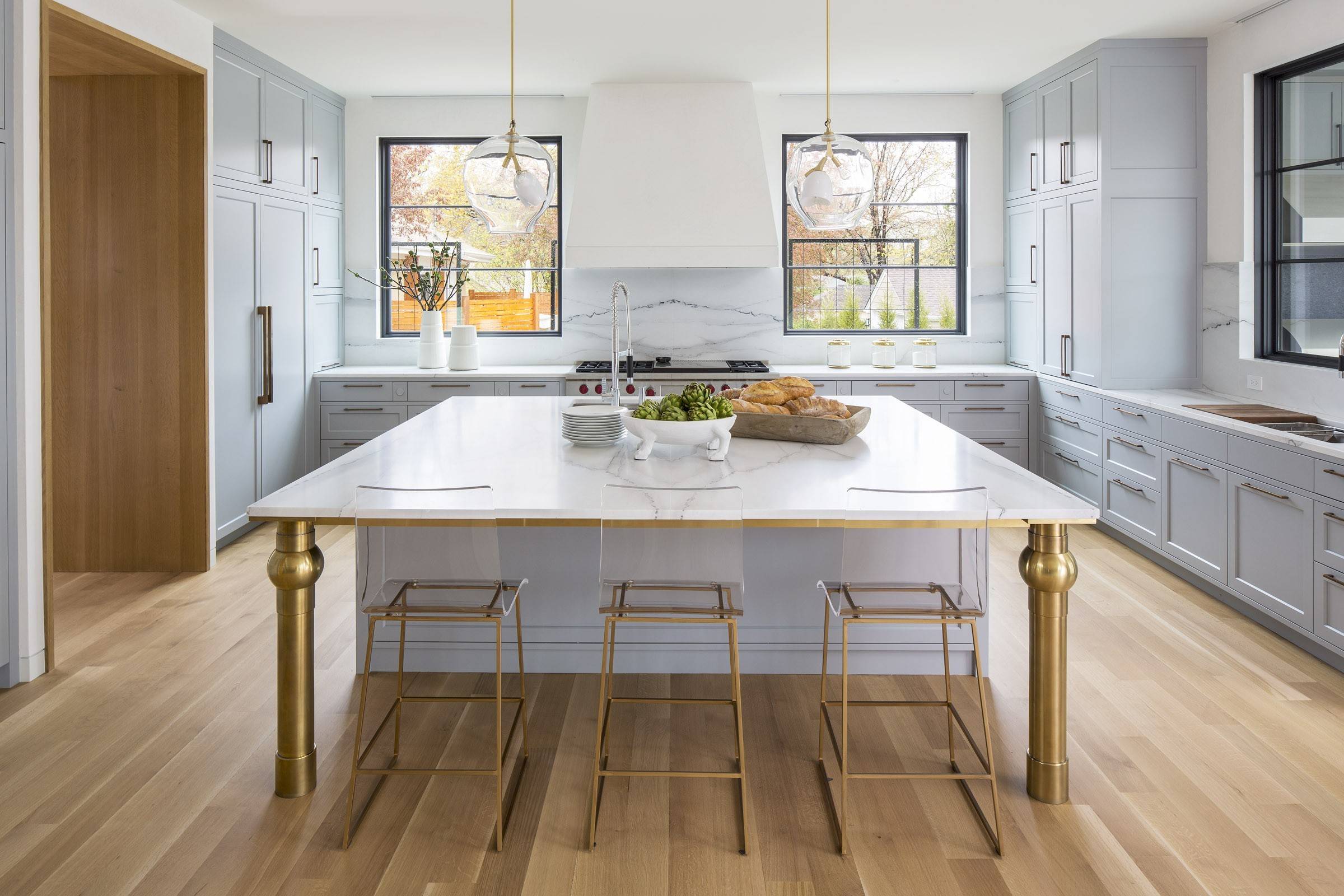Crucial Tips for Picking the Perfect Dining Table for Your Kitchen
Selecting the perfect dining table for your kitchen is even more than just an issue of taste; it necessitates a comprehensive understanding of your area and demands. The form of the table plays a pivotal duty; while rectangle-shaped tables match larger locations, rounded ones foster intimacy, and extendable alternatives provide adaptability. The table must balance with your kitchen's appearances and accommodate your household easily.
Step Your Area
Picking the ideal dining table begins with a meticulous assessment of your readily available room. This fundamental action makes sure that the table not only fits comfortably within the room but likewise complements the total layout and performance of your dining location.
Think about the circulation of movement around the table. It is important to leave adequate space for chairs to be pulled out and for individuals to walk around the table without blockage. A general guideline is to permit a minimum of 36 inches of clearance from the edge of the table to the local wall or furniture piece. This ensures convenience of access and convenience throughout meals.
Additionally, think of the number of individuals you usually entertain and whether you require additional area for guests. Selecting an extendable table can give adaptability, allowing you to suit varying varieties of diners. By properly determining your space, you lay the groundwork for picking a table that boosts both the looks and performance of your eating location.
Select the Right Forming

On the various other hand, round tables are outstanding for smaller kitchens or intimate events, as they promote discussion by permitting every person to encounter each other. They also give a sense of comfort and can fit well in tighter rooms because of their lack of sharp edges. Oblong tables provide the most effective of both globes, combining the size of rectangular tables with the affection of round ones, making them versatile for different setups.
Square tables are another alternative, especially fit for square-shaped rooms. They develop a symmetrical and modern appearance, promoting an equal dining experience for all seated.
Material Factors To Consider
When selecting a dining table, material considerations are extremely important in determining the table's resilience, upkeep needs, and general visual. Timber is a timeless selection, using ageless allure and robustness. Hardwoods like walnut, mahogany, and oak are particularly sturdy, though they can be expensive. kitchen island legs. Softwoods, such as pine, are much more economical however might be vulnerable to scrapes and dents.
Glass-topped tables give a modern, sleek appearance and can make an area show up larger as a result of their transparency. They call for frequent cleansing to prevent fingerprints and spots. In addition, tempered glass is advised for its additional stamina and safety.

Finally, composite materials like MDF you can try here (Medium-Density Fiber board) or plywood are budget-friendly options. These materials can imitate the appearance of solid wood but might not use the same long life. content They are generally easier to tidy yet can be prone to water damages if not properly sealed.
Ultimately, the selection of material must straighten with your kitchen area's style, your lifestyle requires, and your spending plan restrictions. (kitchen island legs)
Seats Ability and Comfort
Exactly how do you figure out the right seating capacity and comfort for your dining table? For a family of four, a rectangle-shaped table of 48 inches long or a round table with a 48-inch size is generally enough.
Comfort is just as important. The elevation of the table should ideally be around 30 inches, giving a well balanced ergonomic stance for seated restaurants. Chairs ought to sit height of 18 to 20 inches to ensure a comfortable eating posture. In addition, think about the chair design; supportive backrests and upholstered seats can enhance dining comfort dramatically, particularly throughout long term meals.
Design and Looks
Selecting a table that matches your style and visual appeal entails stabilizing personal preference with the existing design of your dining area. The table is typically the centerpiece of the kitchen area, and its style should match the overall style of the room. Whether your kitchen area boasts a modern-day, minimal appearance or a rustic, farmhouse appeal, the table you pick ought to balance with these aspects to develop a natural and inviting ambience.
Consider products carefully; wood provides a classic appeal and can vary from rich mahogany for a traditional seek to lighter oak for a modern feel. Metal and glass tables, on the other hand, can present a smooth, industrial side to your cooking area. Don't overlook the table's shape-- rectangular tables are timeless and versatile, while round and oblong options can foster a more intimate eating experience.
Furthermore, pay very close attention to finishes and details. A distressed coating might include character and warmth, whereas a shiny surface can contribute to a clean, modern-day aesthetic. Inevitably, your table need to not only fit perfectly right into your kitchen's layout but also show your individual design, elevating the room both functionally and aesthetically.
Conclusion
In verdict, selecting the perfect table for a cooking area requires careful evaluation of space, shape, product, seating capability, and visual harmony. Ensuring a minimal clearance of her explanation 36 inches helps with comfy movement, while the selection of shape improves spatial dynamics. Product option influences toughness and style, making it essential to line up with the cooking area's total aesthetic. Inevitably, an appropriate table fosters a welcoming ambience and suits the household conveniently, hence improving the dining experience.

When selecting a dining table, product considerations are extremely important in determining the table's durability, upkeep demands, and total aesthetic. For a family members of four, a rectangle-shaped table of 48 inches long or a round table with a 48-inch diameter is generally sufficient.
Do not forget the table's form-- rectangular tables are traditional and flexible, while round and oval alternatives can cultivate a much more intimate eating experience. kitchen island legs.